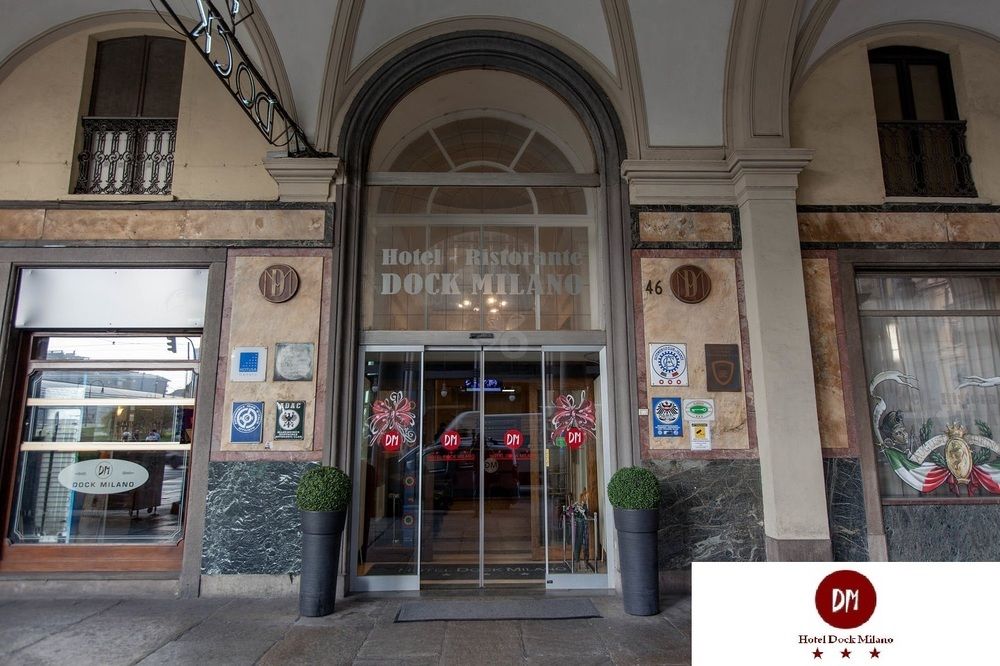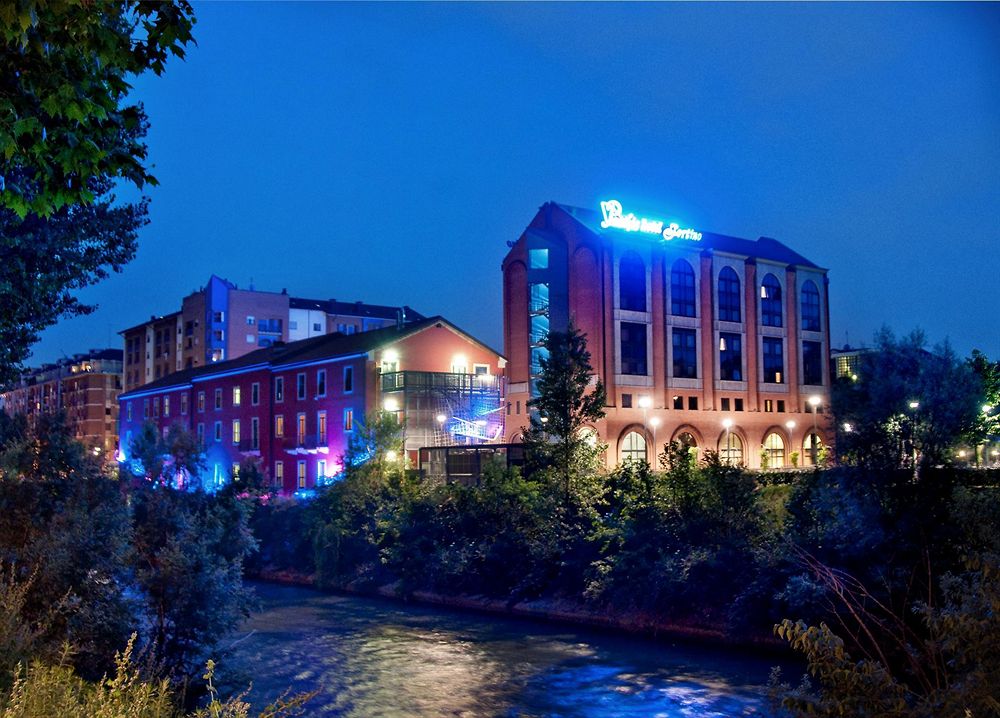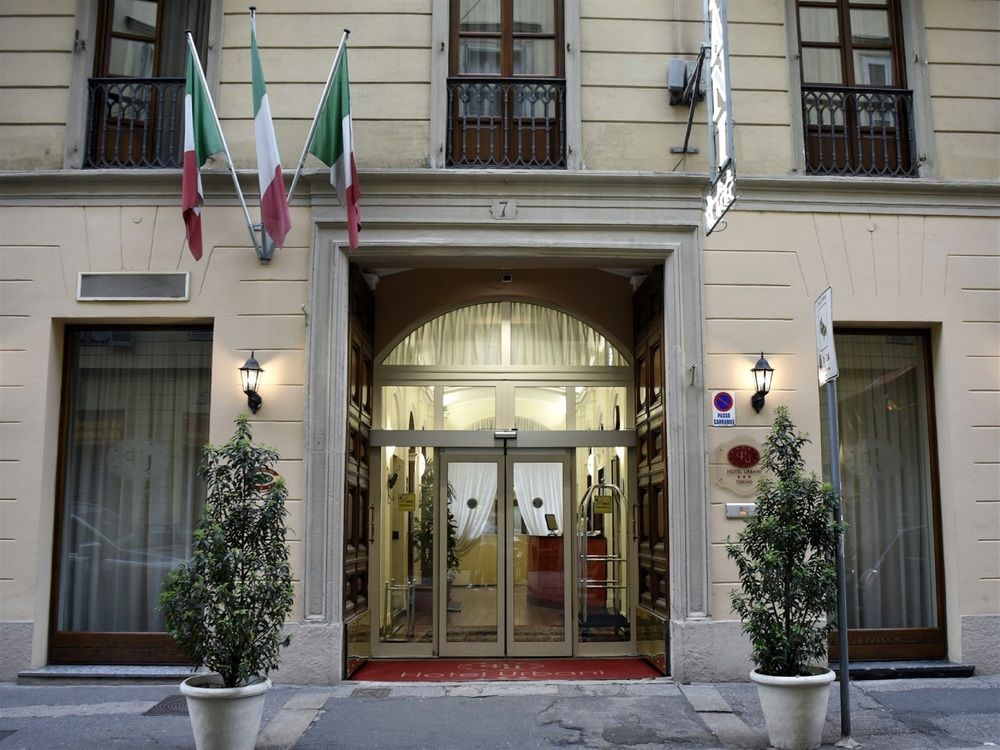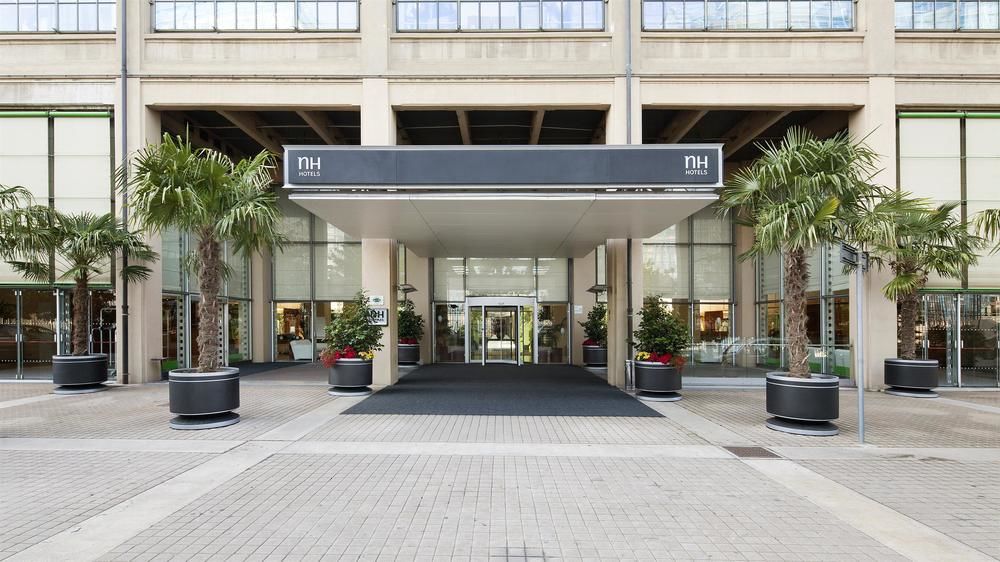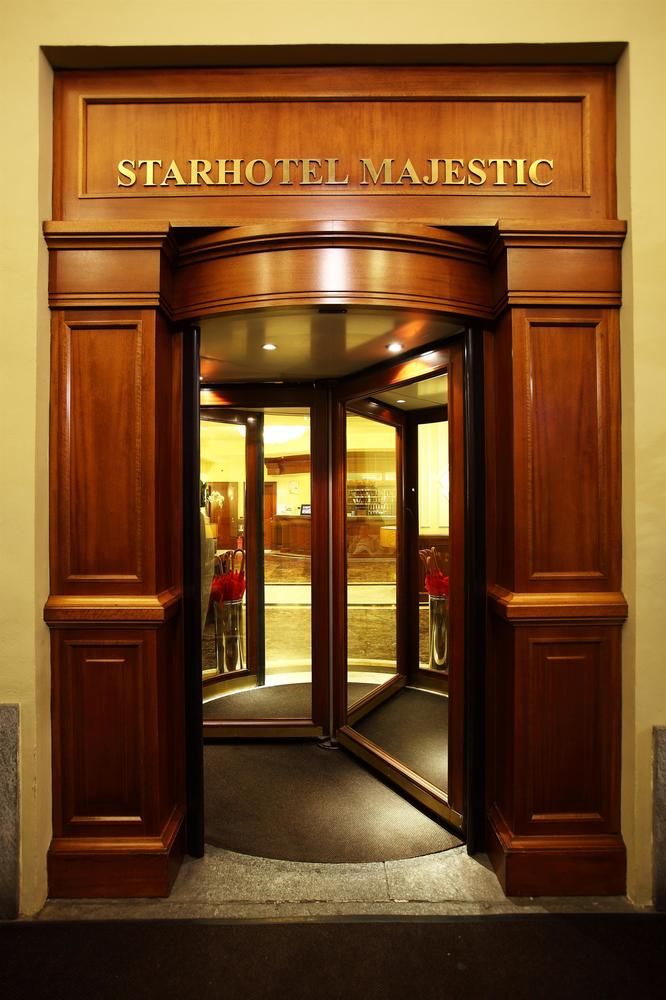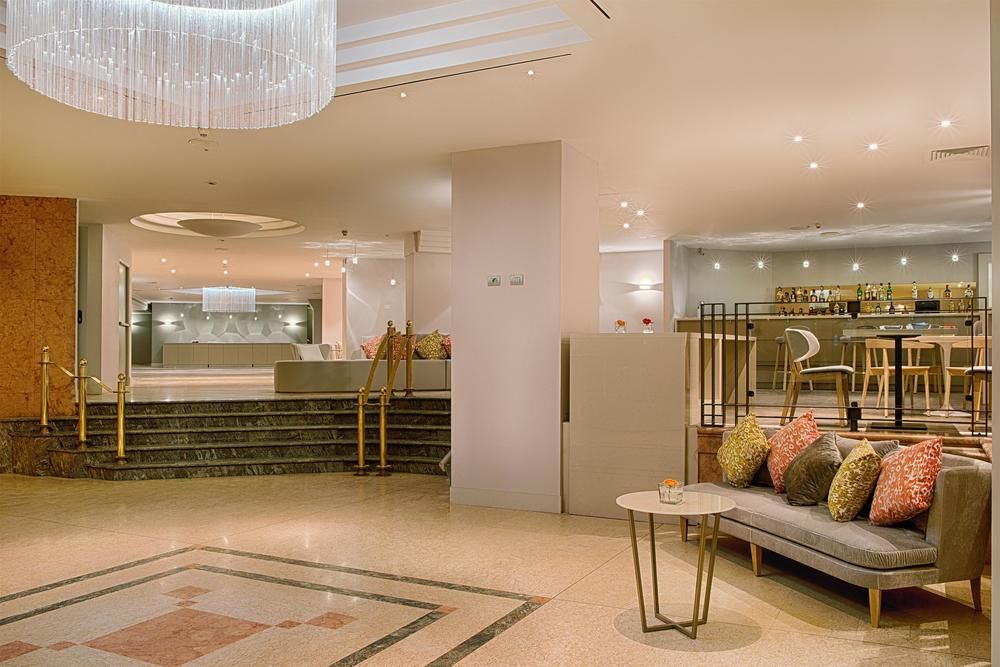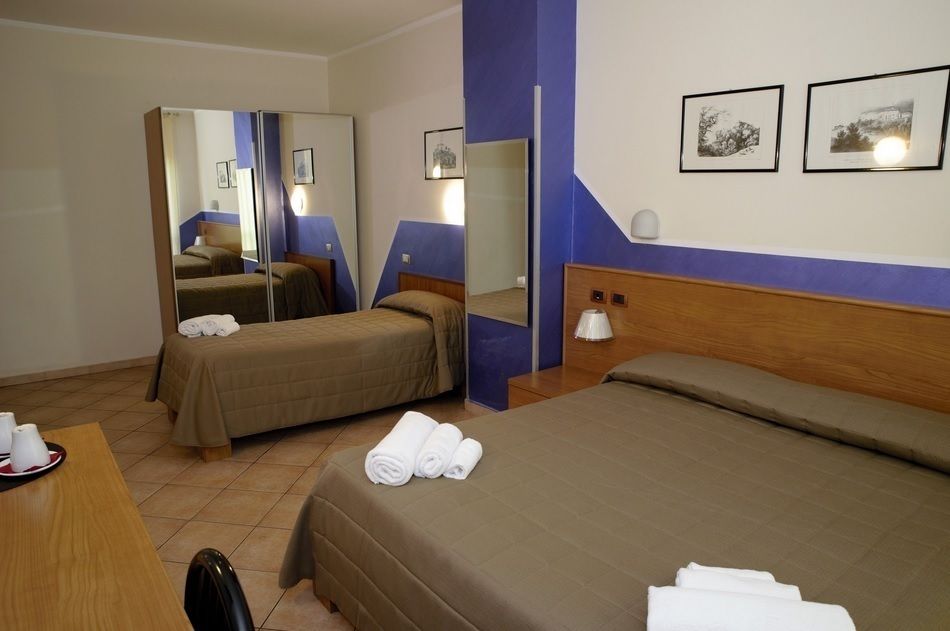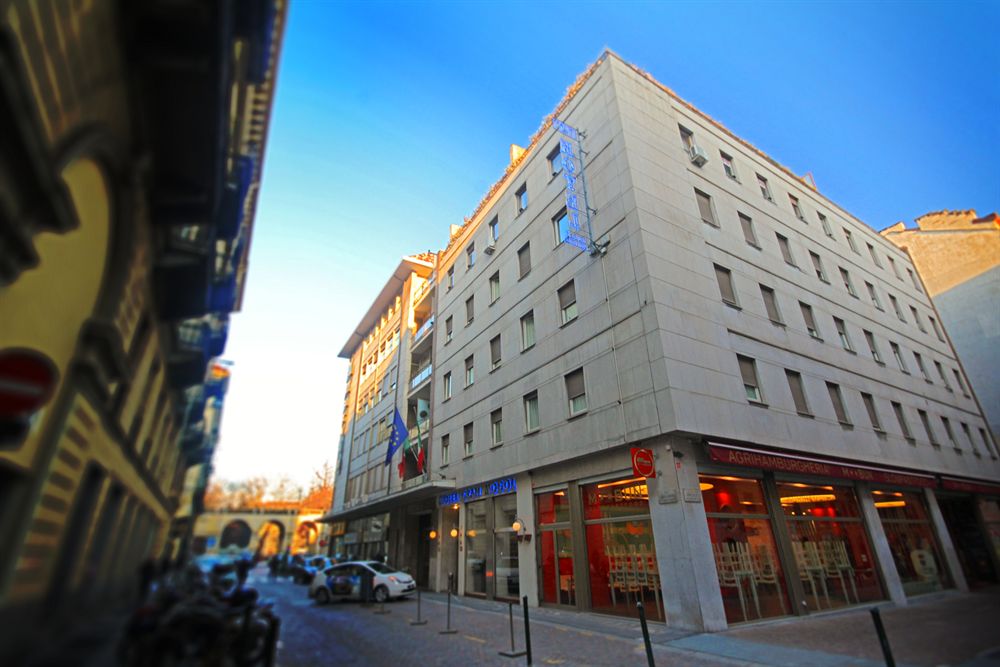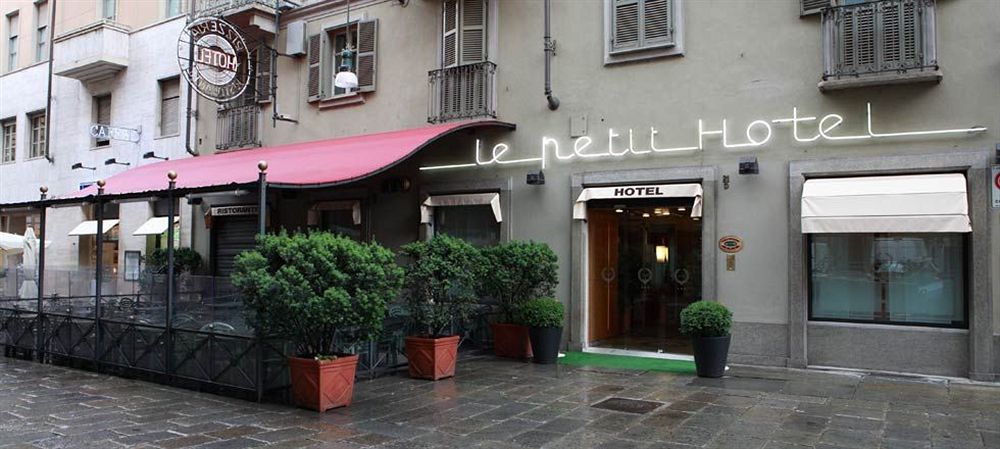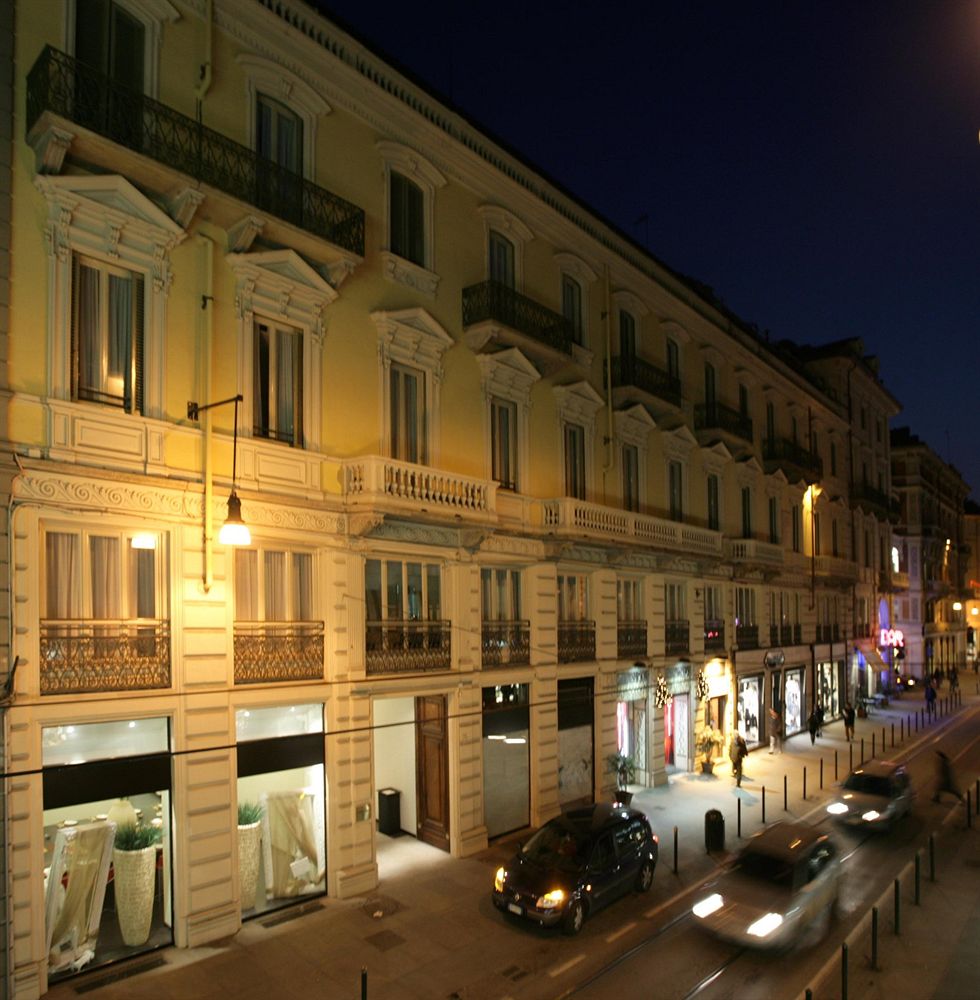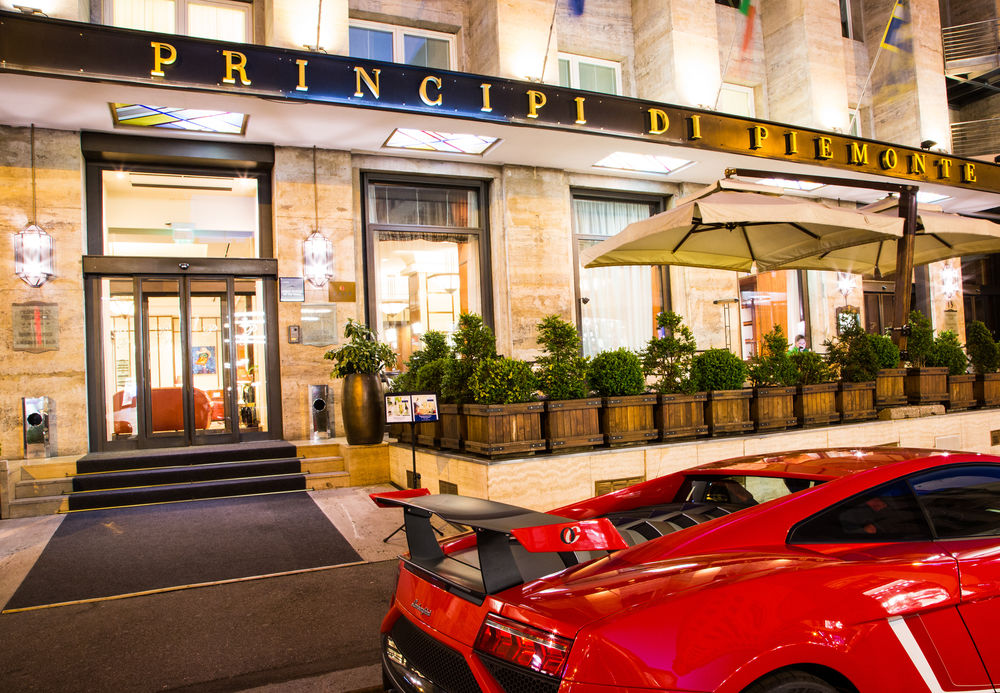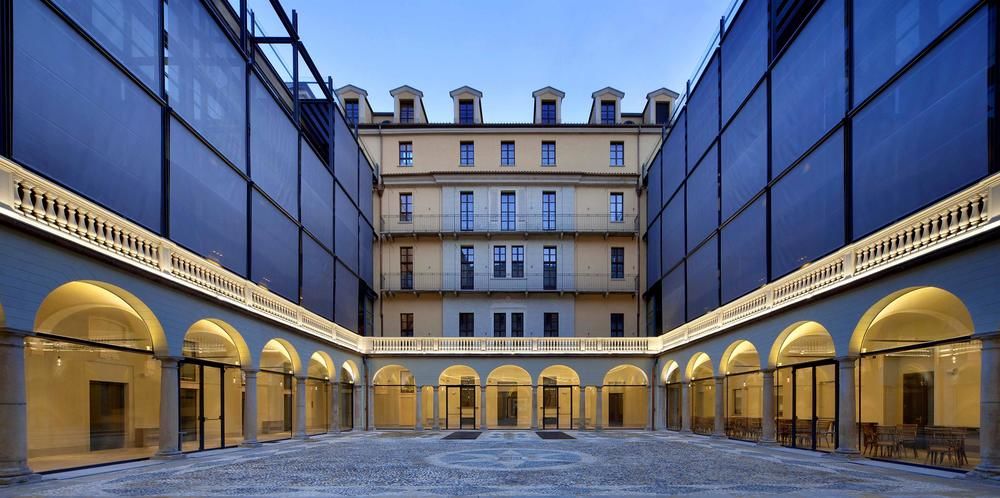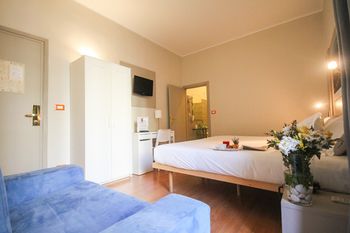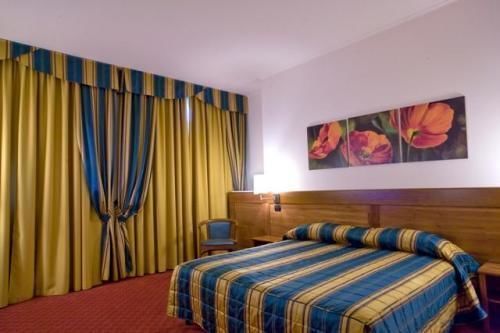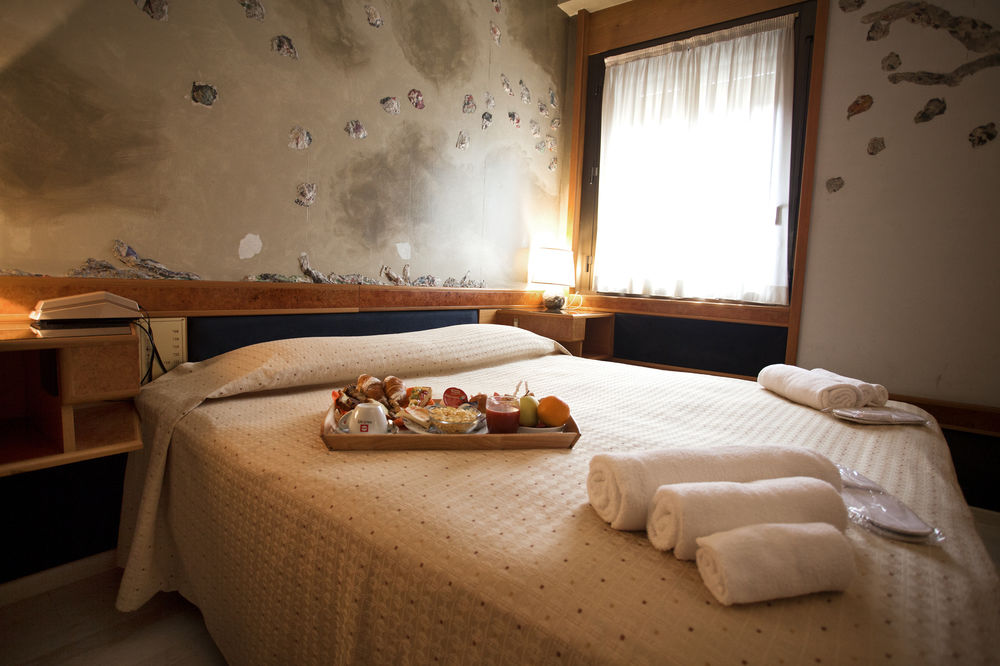
Find hotels in Turin
Lowest prices detected by AI for hotels
Best
Cheapest
Star Ratings
AI Recommended
Best Hotels In Turin
Cheapest Hotel Deals in Turin
Top Rated Hotels
5 Star Hotels in Turin
4 Star Hotels in Turin
3 Star Hotels in Turin
AI-recommended Destinations
Where to stay in Turin
More About Turin
“The hidden jewel of Italy”
Turin (; Italian: Torino [toˈriːno] ( listen); Piemontese: Turin [tyˈriŋ] ( listen)) is a city and an important business and cultural centre in northern Italy. It is the capital city of the Metropolitan City of Turin (an administrative division of Italy) and of the Piedmont region, and was the first capital city of Italy from 1861 to 1865. The city is located mainly on the western bank of the Po River, in front of Susa Valley, and is surrounded by the western Alpine arch and Superga Hill. The population of the city proper is 883,281 (30 November 2017) while the population of the urban area is estimated by Eurostat to be 1.7 million inhabitants. The Turin metropolitan area is estimated by the OECD to have a population of 2.2 million.The city has a rich culture and history, being known for its numerous art galleries, restaurants, churches, palaces, opera houses, piazzas, parks, gardens, theatres, libraries, museums and other venues. Turin is well known for its Renaissance, Baroque, Rococo, Neo-classical, and Art Nouveau architecture. Many of Turin's public squares, castles, gardens and elegant palazzi such as the Palazzo Madama, were built between the 16th and 18th centuries. A part of the historical center of Turin was inscribed in the World Heritage List under the name Residences of the Royal House of Savoy.
The city used to be a major European political center. From 1563, it was the capital of the Duchy of Savoy, then of the Kingdom of Sardinia ruled by the Royal House of Savoy, and the first capital of the unified Italy (the Kingdom of Italy) from 1861 to 1865. Turin is sometimes called "the cradle of Italian liberty" for having been the birthplace and home of notable individuals who contributed to the Risorgimento, such as Cavour.The city currently hosts some of Italy's best universities, colleges, academies, lycea and gymnasia, such as the University of Turin, founded in the 15th century, and the Turin Polytechnic. In addition, the city is home to museums such
 Time UTC+02
Time UTC+02 Currency EUR
Currency EUR Languages Italian, German, French, Slovene
Languages Italian, German, French, SloveneWhat’s Special about Staypia?
Compare hotel prices in real-time
AI finds you the lowest price for hotels in Turin.
Lowest price for 3.16M hotels worldwide
Book with up to 31% extra discounts only for Staypia members.
Travel bucket list for Turin
Plan your trip with over 17K 'must see' recommendations for Turin
Frequently Asked Questions
The best hotels in Turin are Hotel Diplomatic Turin, Best Quality Hotel Dock Milano, Pacific Hotel Fortino.
The best 5 star hotels in Turin are AllegroItalia Golden Palace, Principi di Piemonte UNA Esperienze, AC Hotel Torino A Marriott Luxury & Lifestyle Hotel. Search for the most highly rated hotels in Turin
The most highly rated hotels in Turin are Best Quality Hotel Dock Milano, Hotel Urbani, NH Torino Lingotto Congress.
Generally, room reservations are subject to a free refund until the cancellation deadline. Fees may apply after the cancellation deadline, so please check the cancellation deadline on your hotel voucher or in Menu > My Reservation.
If you’re a frequent traveler, Staypia is the best place to get the best hotel deals. You can book hotels with the lowest price of 3.16 million hotels collected by AI, and receive additional discounts for members only.
